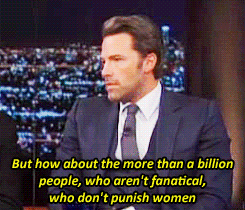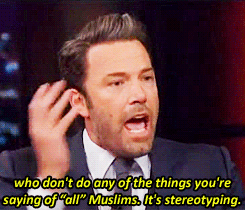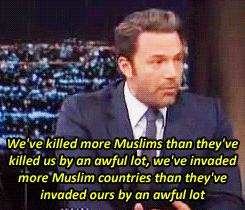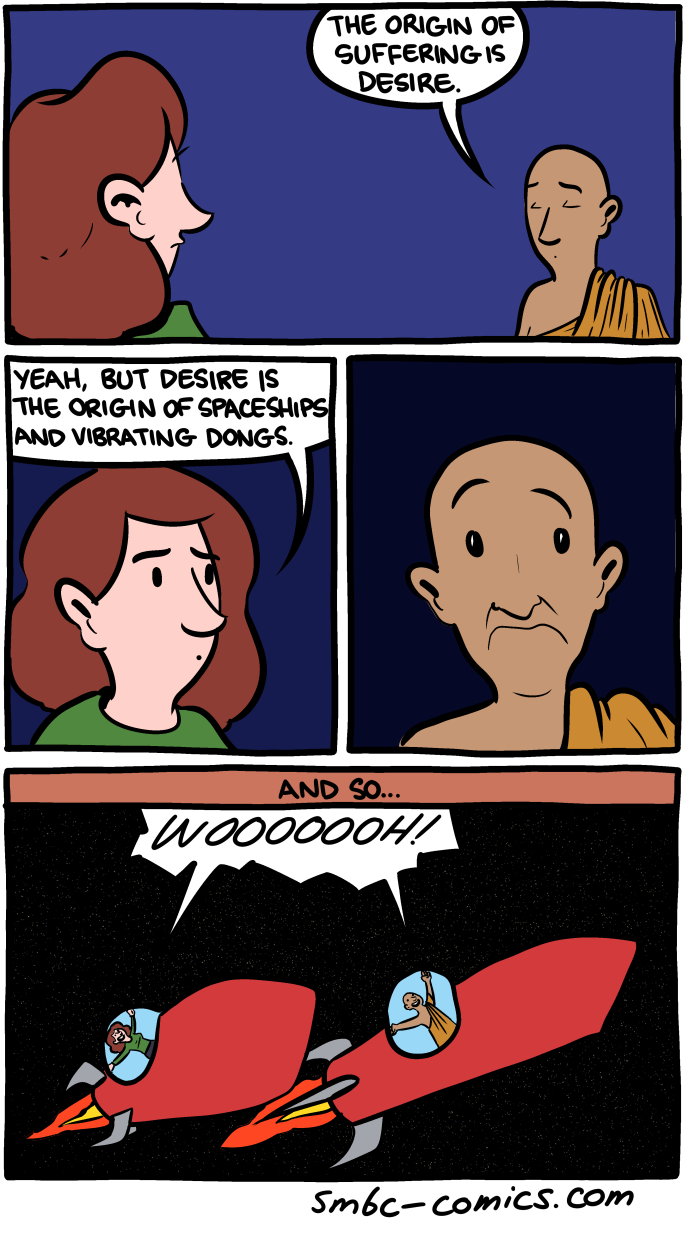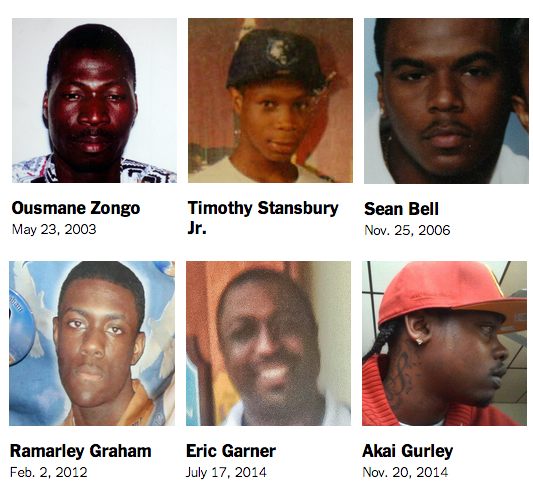ON A BITTERLY cold day in January 2013, a dolphin was discovered swimming in the famously noxious waters of the Gowanus Canal in Brooklyn. A crowd soon gathered by the Union and Carroll Street bridges and along the banks of the canal. The NYPD showed up to monitor things; a news helicopter hovered overhead. Living nearby at the time and alerted by a friend’s text, I went over to have a look. The sight was hard to credit. There it was, unmistakably a dolphin, swimming slowly back and forth in one of the most phantasmagorically polluted waterways in the world. Signs of the dolphin’s distress were evident — a bloody dorsal fin, periods of what appeared to be torpor alternating with spells of agitation. After several hours — people standing vigil, snapping pictures with their phones — the dolphin stopped moving. A hush fell on the crowd; even the cops looked stricken. The dolphin bobbed in the grey-green water, inert, manifestly dead. A necropsy later revealed it to have been ill: riddled with tumors, malnourished, its kidneys failing.
I thought of the Gowanus Canal dolphin while I was reading Annihilation, the first volume in Jeff VanderMeer’s Southern Reach trilogy. At a mid-point in the book, the narrator — she identifies herself only as “the biologist” — spots a pair of dolphins swimming in a canal.
"I knew that the dolphins here sometimes ventured in from the sea, had adapted to the freshwater. But when the mind expects a certain range of possibilities, any explanation that falls outside of that expectation can surprise. Then something more wrenching occurred. As they slid by, the nearest one rolled slightly to the side, and it stared at me with an eye that did not, in that brief flash, resemble a dolphin eye to me. It was painfully human, almost familiar. In an instant that glimpse was gone and they had submerged again, and I had no way to verify what I had seen. I stood there, watched those twinned lines disappear up the canal, back toward the deserted village. I had the unsettling thought that the natural world around me had become a kind of camouflage."
The biologist is several eventful days into an expedition exploring Area X, the mysterious, unpopulated stretch of southern coast where, thirty years ago, an Event occurred. (And here I need to interrupt myself. Area X is a beguiling creation, the riddle at the center of these marvelous books, and I will endeavor not to spill its secrets here. Still, I can describe the basic set-up.) The official explanation for the Event is ecological disaster, but this is a fiction. The truth is weirder (a word I will be resorting to often in this review) — the truth is, no one understands what happened. There was an Event, and after the Event, there was Area X. The Event created a border. The area outside the border is controlled by the Southern Reach, the government agency set up to monitor, investigate, and contain Area X. The Southern Reach has, over the years, launched serial expeditions into Area X. Many of them have ended in disaster. The biologist is participating in the twelfth expedition. By the time she sees the peculiar dolphin, the expedition has already started coming apart.
The biologist is an expert in transitional environments: in-between places, where different ecosystems overlap. What does she make of Area X? It features several transitional zones, moving from cypress swamp to salt marsh to beach and ocean. It appears to be a pristine environment — that is, signs of man seem largely to have been erased: “The air was so clean, so fresh, while the world back beyond the border was what it had always been during the modern era: dirty, tired, imperfect, winding down, at war with itself.” And yet the fauna of Area X displays signs of oddness. There is the dolphin in the canal. A boar behaves strangely. A “moaning creature” lurks miserably in the weeds. Beyond the animals, there is the abandoned village, the old lighthouse on the beach, and the tower, “which was not supposed to be there.” The tower postdates the Event of thirty years ago — it’s an Area X addition to the landscape. If it is a tower, it’s an inverted one, because it rears not up but down into the earth. It seems to be made of stone but really isn’t. Inside the tower is an inscription, a very long inscription, spiraling down the wall as it descends underground, composed of luminescent flora: “Where lies the strangling fruit that came from the hand of the sinner I shall bring forth the seeds of the dead to share with the worms…” Deep within the tower, the biologist and her fellow expedition members come to realize, something is creating the inscription. Far below them, someone or something is writing on the wall.
So then, what kind of place is Area X? Most certainly it is a transitional environment. In Area X, one thing turns into another — it’s a site of transformation and transmutation. And Area X is weird — weird as in, “that’s weird,” and weird as in Weird Tales and H.P. Lovecraft’s philosophy of Weird. Lovecraft used the term “Weird” to describe his own work and the work of other writers he liked — tales not necessarily supernatural in intent but that aim to create a sense of dread, awe, terror, and the like. As Lovecraft wrote with characteristic fervor: “Children will always be afraid of the dark, and men with minds sensitive to hereditary impulse will always tremble at the thought of the hidden and fathomless worlds of strange life which may pulsate in the gulfs beyond the stars, or press hideously upon our own globe in unholy dimensions which only the dead and moonstruck can glimpse.”
If what VanderMeer creates with the Southern Reach books is a twenty-first-century version of weird fiction — and indeed the Lovecraft influence is clear in the trilogy — it’s a Lovecraft turned on his head, mashed with other influences. The early novels of J.G. Ballard might be one influence (I’m thinking particularly of the way Ballard’s characters psychologically adapt to drastic examples of “climate change”). Andrei Tarkovsky’s films Stalker and perhaps Solaris might be another. And then, interestingly, there is an entirely different heritage that VanderMeer seems to be drawing on: the American naturalist tradition running from Thoreau to Rachel Carson to Annie Dillard to, more recently, David Quammen and Elizabeth Kolbert.
While there are moments of satisfyingly psychedelic Lovecraftian freakout in all three Southern Reach books, VanderMeer is clearly not coming from the same place as poor old benighted H.P., and that’s why I feel he turns Lovecraft on his head. Lovecraft’s tales, effective as they often are, especially when read at a certain age (my adolescent brain was happily scrambled by H.P’s frequent and fearful allusions to “non-Euclidean geometry”), were written in the heyday of eugenics and are full of a shuddering preoccupation with and aversion to interbreeding (actually, any kind of breeding), miscegenation, degeneracy, and devolution. VanderMeer’s books, it seems to me, embrace all these things. His is an ecologically minded Weird fiction. In the books, Area X is not a channel into the primordial ooze where tentacled, bloblike Old Ones lurk (à la Lovecraft). Area X is frightening, yes, but what appears to be happening there is not a reversion to Chaos and Old Night but what we might see as the start of a comprehensive reversal of the Anthropocene Age.
What makes Area X weird exactly? In his recent book Hyperobjects: Philosophy and Ecology after the End of the World, Timothy Morton coins the term “hyperobjects” to describe events or systems or processes that are too complex, too massively distributed across space and time, for humans to get a grip on. Black holes are hyperobjects; nuclear materials such as uranium and plutonium, with their deep-time half-lives, are hyperobjects; global warming and mass species extinction are hyperobjects. We know, we live with, the local effects of these phenomena, but mostly they are quite literally beyond our ken. In one sense they are abstractions; in another they are ferociously, catastrophically real. Because they are so massively distributed in terms of causality and consequence, they refute or distort our homely notions of time and space.
In Morton’s terms, then, Area X is a hyperobject. In the books, the Southern Reach’s attempts to theorize and “think” Area X are pitifully inadequate. Area X is beyond all that. It is Weird in a way that transcends concepts of natural or unnatural. Trying to describe what it’s like to live with hyperobjects (to the extent that we can at all), Morton himself invokes Lovecraft:
"Gravity waves from the “beginning of time” are right now passing through my body from the edge of the universe. It is as if we were inside a gigantic octopus. H.P. Lovecraft imagines the insane god Cthulhu this way. Cthulhu inhabits a non-Euclidean city, just like Gaussian spacetime. By understanding hyperobjects, human thinking has summoned Cthulhu-like entities into social, psychic, and philosophical space. The contemporary philosophical obsession with the monstrous provides a refreshing exit from human-scale thoughts. It is extremely healthy to know not only that there are monstrous beings, but that there are beings that are not purely thinkable, whose being is not directly correlated with whatever thinking is."
Ecological disaster has granted Lovecraft a whole new currency in the twenty-first century. He’s come to resemble one of the lunatic scholars he invented to furnish his tales with a critical apparatus: Ludvig Prinn, the comte d’Erlette, “the mad Arab Abdul Alhazred.” He’s been named as just this sort of disreputable precursor or prophet by the writers and artists affiliated with the Dark Mountain collective in England. In their original “Uncivilisation” manifesto and in the annual anthologies they’ve produced for the past few years, Dark Mountain writers have, like Morton, tried to think ecology after the end of the world. In the words of “Uncivilisation”:
"And so we find ourselves, all of us together, poised trembling on the edge of a change so massive that we have no way of gauging it. None of us knows where to look, but all of us know not to look down. Secretly, we all think we are doomed: even the politicians think this; even the environmentalists. Some of us deal with it by going shopping. Some deal with it by hoping it is true. Some give up in despair. Some work frantically to try and fend off the coming storm. Our question is: what would happen if we looked down? Would it be as bad as we imagine? What might we see? Could it even be good for us? We believe it is time to look down."
The Dark Mountain project offends a lot of people. It gets called defeatist, misanthropic, “collapsitarian.” But surely there is something in the air (and in the soil, and the ocean) these days. It is a very literal kind of Weltschmerz. It is not about (or not just about) apocalypse-mongering or twenty-first-century millenarianism. The hyperobjects are here. Imaginative responses to them (which is to say, to total ecological collapse) can take many forms: Morton’s theory. The testimonies and rites of Dark Mountain. And, in their own way, the Southern Reach books.
In Authority, the second book in the series, VanderMeer steps back from the biologist’s experiences inside Area X and turns his attention to the Southern Reach itself. If Area X can be regarded, from a certain perspective, as a high-functioning ecosystem, then the Southern Reach is the opposite. John Rodriguez, aka Control, is the newly appointed director of the Southern Reach. Much of Authority is given over to Control’s hapless attempts to impose order on the disintegrating conditions he encounters there. The staff is secretive, mutinous, possibly insane; the prevailing mood is a kind of paranoiac cluelessness. Control’s plans are undermined and sabotaged at every turn. For him, the Southern Reach proves to be almost as inscrutable as Area X.
Behind the Southern Reach is Central, the shadowy parent organization. Behind Control is his mother, a high-clearance operative for that parent organization, as her father was before her. Control toils, then, in the family business, and Authority becomes, as it moves along, a kind of family story. The third book in the series, Acceptance, traces this family story further while interweaving other stories set during both the past and present of Area X. We encounter characters from the previous books in a very new light. A bigger picture—a much bigger picture—emerges in fragments and hints. The history of Area X and Central turn out to be intimately intertwined. The family story expands to include basically everyone.
The books themselves operate in a similar way. They draw on multiple genres and blend traditions we’ve come to regard as distinct. They contain all kinds of echoes. For instance, reading them, I sometimes heard Thoreau. In 1846, Thoreau climbed Mount Katahdin in Maine. His account of the ascent in The Maine Woods culminates in a famous passage in which, on reaching the summit, he becomes disoriented and starts thinking wild thoughts:
"This was that Earth of which we have heard, made out of Chaos and Old Night. Here was no man’s garden, but the unhandselled globe. It was not lawn, nor pasture, nor mead, nor woodland, nor lea, nor arable, nor waste land. It was the fresh and natural surface f the planet Earth, as it was made for ever and ever, — to be the dwelling of man, we say,—so Nature made it, and man may use it if he can. Man was not to be associated with it. It was Matter, vast, terrific,—not his Mother Earth that we have heard of, not for him to tread on, or be buried in,—no, it were being too familiar even to let his bones lie there,—the home, this, of Necessity and Fate. There was clearly felt the presence of a force not bound to be kind to man. It was a place for heathenism and superstitious rites,—to be inhabited by men nearer of kin to the rocks and to wild animals than we…. What is it to be admitted to a museum, to see a myriad of particular things, compared with being shown some star’s surface, some hard matter in its home! I stand in awe of my body, this matter to which I am bound has become so strange to me. I fear not spirits, ghosts, of which I am one,—that my body might,—but I fear bodies, I tremble to meet them. What is this Titan that has possession of me? Talk of mysteries!—Think of our life in nature,—daily to be shown matter, to come in contact with it,—rocks, trees, wind on our cheeks! The solid earth! the actual world! the common sense! Contact! Contact! Who are we? where are we?"
In A Pilgrim at Tinker Creek, written 130 years later, Thoreau’s literary descendant Annie Dillard uneasily contemplates the teeming, spendthrift multiplicity of life:
"The picture of fecundity and its excesses and of the pressures of growth and its accidents is of course no different from the picture I painted before of the world as an intricate texture of a bizarre variety of forms. Only now the shadows are deeper. Extravagance takes on a sinister, wastrel air, and exuberance blithers. When I added the dimension of time to the landscape of the world, I saw how freedom grew the beauties and horrors from the same live branch."
Exuberance blithers. I fear bodies, I tremble to meet them. In these passages the naturalism of Dillard and Thoreau turns into something else, something resembling the feverish, unnatural speculations of Lovecraft. At certain moments, at certain extremes, the naturalist tradition starts to look Weird. And perhaps the reverse is true as well—as noted above, Lovecraft himself has been adopted by some as a kind of deranged, pioneering crypto-ecologist. In the Gowanus Canal, where the ailing dolphin expired, new forms are growing. In that Cthulhoid sludge, fed on a century and more’s worth of raw sewage and toxic chemicals, microbes are mutating and forming white clouds of “biofilm” that float through the depths. Here is a truly Lovecraftian speciation.
This is the moment we find ourselves in now. In the Southern Reach books, VanderMeer imaginatively merges the naturalist and un-naturalist traditions. The biologist (in all her different incarnations) is the perfect representative of this merger. She comes to practice, over the course of the books, a kind of Weird Ecology. It’s an ecology fit for our moment, when we’ve begun to understand that what is happening in the world, to the world, is happening irreversibly. Describing the moment, Timothy Morton echoes Thoreau: “The reality is that hyperobjects were already here, and slowly but surely we understood what they were already saying. They contacted us.”
The Southern Reach books imaginatively figure this contact. The beauty of the books is that they let the other side win. They offer a collapsitarianism in reverse. Area X represents not ecological collapse but rather human collapse — or, better said, human transmutation. Area X cleanses its territory of anthropogenic poisoning, then sets to work on people themselves. As one of the more unhinged employees of the Southern Reach reflects in his notes on Area X: “Would that not be the final humbling of the human condition? That the trees and birds, the fox and the rabbit, the wolf and the deer… reach a point at which they do not even notice us, as we are transformed.”
David Tompkins is a writer based in Brooklyn.


